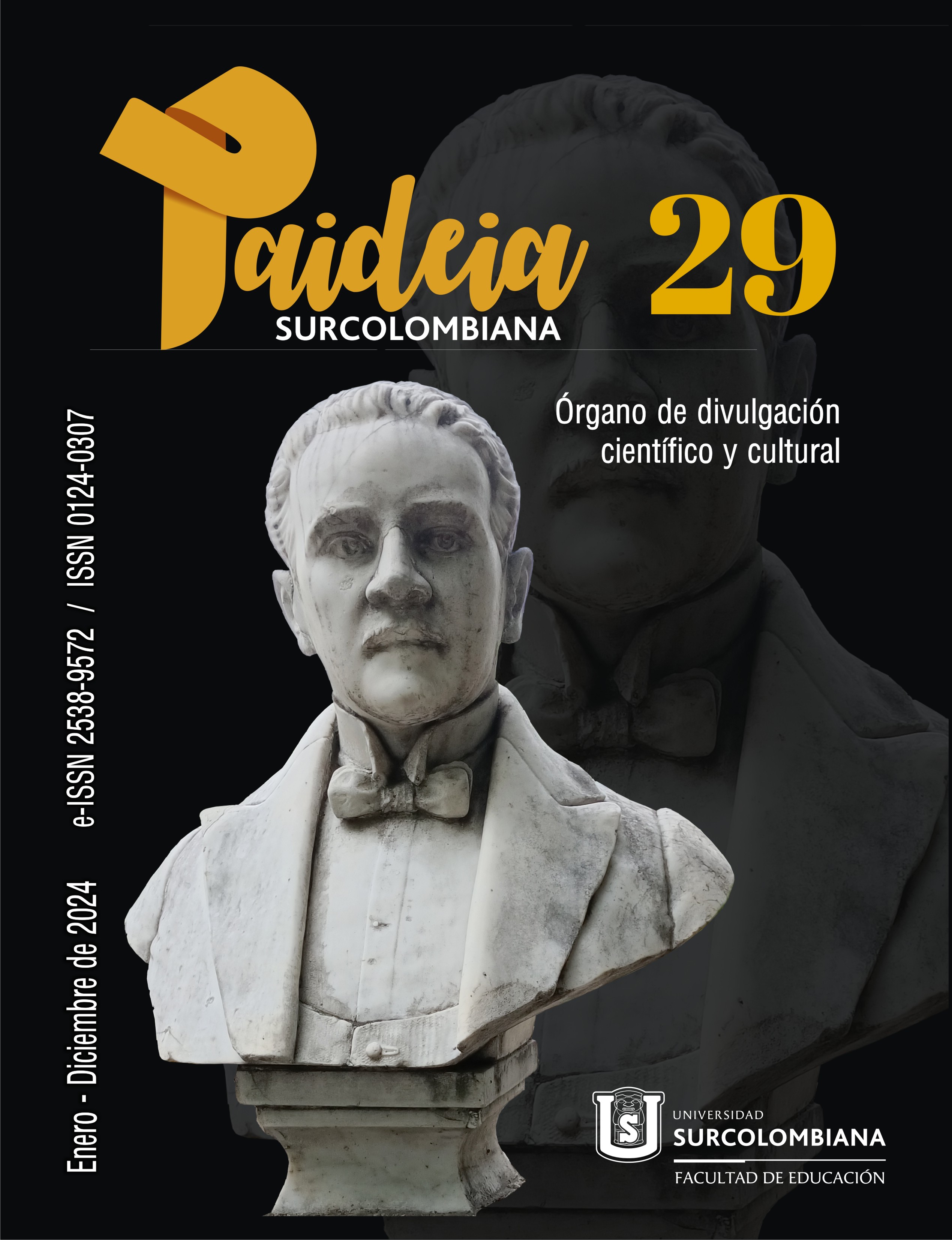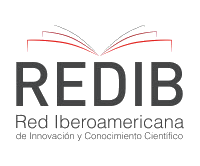One Hundred Years of La Vorágine. The Critical Gentrification of Selva in the Age of Capital
##plugins.themes.bootstrap3.article.main##
This article highlights the great relevance of Rivera's work, not only for its literary value, but for its
ability to construct, through the confrontation between humanity and Nature, a discourse on current
global modernity. One hundred years after its publication, the rereading of the novel La Selva is justified for two essential reasons: the first is to remember that José Eustasio Rivera wrote one of the first literary works where the transatlantic dynamics of the Capitalocene is exemplified, between Selva (the global South) and the metropolis (the global North), and where devouring is introduced as a leitmotiv to warn us of the danger of self-destruction. The second has to do with the projection seen
from our today, the apparent contradictions and incongruities dissolve when we read La Selva, gentrified as an ecocritical concept, rather than a specific bioregion, that is, as a denunciation of the Capitalocene condemned to devour itself.
Downloads
##plugins.themes.bootstrap3.article.details##
Barros Stivalet, Cristina. "Prólogo". En La Vorágine, México D.F: Editorial Porrúa, 1972.
Buch-Hansen, Hubert. "Reorienting comparative political economy". En Towards a Political Economy of Degrowth, Eds.
Chertovskaya, Ekaterina, Alexander Paulsson and Stefania Barca. London/New York: Rowman & Littlefield, 2019: 39-53
Corrigan, Peter. The Sociology of Consumption. London: Sage Publications, 1997.
Curcio Altamar, Antonio. "La novela terrígena".121-133
Da Silva, Douglas. "7 tipos de consumidores: cuáles son sus características, cómo se comportan dentro del mercado y cómo
puedes atraerlos hacia tu negocio" (5 de abril 2022): s.p. https://www.zendesk.com.mx/blog/tipos-consumidores/
Consultado el 30 de abril, 2024.
Fraser, Barbara, y Leonardo Tello Imaina. "Rubber Barons' Abuses Live on in Memory and Myth". Sapiens, 1 July, 2016.
https://www.sapiens.org/culture/rubber-era-myths/ consultado el 14 de abril, 2024.
Giblet, Rodney James. The Body of Nature and Culture. Palgrave, 2008.
Gliserman, Martin J. "'Robinson Crusoe': The Vicissitudes of Greed-Cannibalism and Capitalism". En American Imago, vol 47, no ¾ (otoño/invierno 1990): 197-231.
Gutiérrez Girardot, Rafael. "Locus terribilis". En La vorágine. Textos críticos. Madrid: Alianza, 1987, 233-6.
Magnarelli, Sharon. "La mujer y la naturaleza. La vorágine: A imagen y semejanza del Hombre". En La vorágine. Textos críticos.
Madrid: Alianza, 1987, 335-52.
Manrique Terán, Guillermo. "La vorágine". En La vorágine. Textos críticos. Madrid: Alianza, 1987, 37- 39.
Martin, John Levi. "The Myth of the Consumption-oriented Economy and the Rise of the Desiring Subject". Theory and Society,
vol 28, No 3 (June 1999): 425-53.
Moore, Jason W., ed. Anthropocene or Capitaloene? Nature, History, and the Crisis of Capitalism. Oakland: PM Press, 2016.
Ordoñez, Montserrat. "Introducción". En La vorágine. Madrid: Cátedra, 1998: 11-71. ---. La vorágine. Textos críticos. Madrid:
Alianza, 1987.
Rivera, Eustasio José. La vorágine. Madrid: Cátedra, 1998.
Rueda, María Helena. "La Selva en las novelas de la Selva". Revista de crítica literaria latinoamericana, año XXIX, no 57, 2003:31-43.
Sewell, William H. "The Capitalist Epoch". Social Science History. Vol 38, no 1-2 (primavera/verano 2014): 1-11.
Villegas, Marcelino. "Una imagen taurina compartida por José Eustasio Rivera y Federico García Lorca". En Cuadernos Hispanoamericanos. Homenaje a García Lorca. Vol I, núm. 433-434 (julio-agosto 1986): 231-34.
Watson, Peter. The Great Divide: Nature and Human Nature in The Old World and the New. New York: Harper Collins, 2012.









